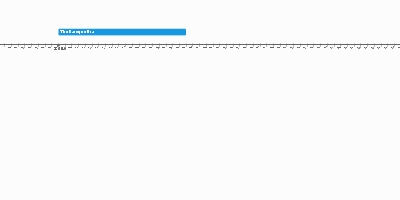1 Jan 1722 Jahr - J.S. Bach - The Well-Tempered Clavier, BWV 846–893
Beschreibung:
The Well-Tempered Clavier, also known as BWV 846-893, was written by the most distinguished composer of the Baroque Era, Johann Sebastian (J.S.) Bach. The piece was composed in 1722. What is unique about this piece is that it uses fugues and preludes in all 24 major and minor keys. The name of the piece is also significant; "The compound adjective well-tempered in the title refers to the employment of a tuning system that would work equally well in all keys—a circumstance rare in Bach’s day. An example of such a system, though not the only one available, is that of equal temperament, in which the octave is divided into 12 semitones of exactly equal intervals (compare meantone temperament). Further, by using the word clavier, Bach indicated that his music could be played on any keyboard instrument, including harpsichord, clavichord, and organ"(The Well-Tempered Clavier, BWV 846–893.” Encyclopedia Britannica, Encyclopedia Britannica, inc., 19 Nov. 2024). The best known part of this piece is Prelude 1 in C Major, which invokes feeling of tranquility and light-heartedness and a peaceful mood, in contrast the Fugue 1 in C Major has a thicker texture and feels a little less tranquil.Zugefügt zum Band der Zeit:
Datum:
1 Jan 1722 Jahr
Jetzt
~ 304 years ago
